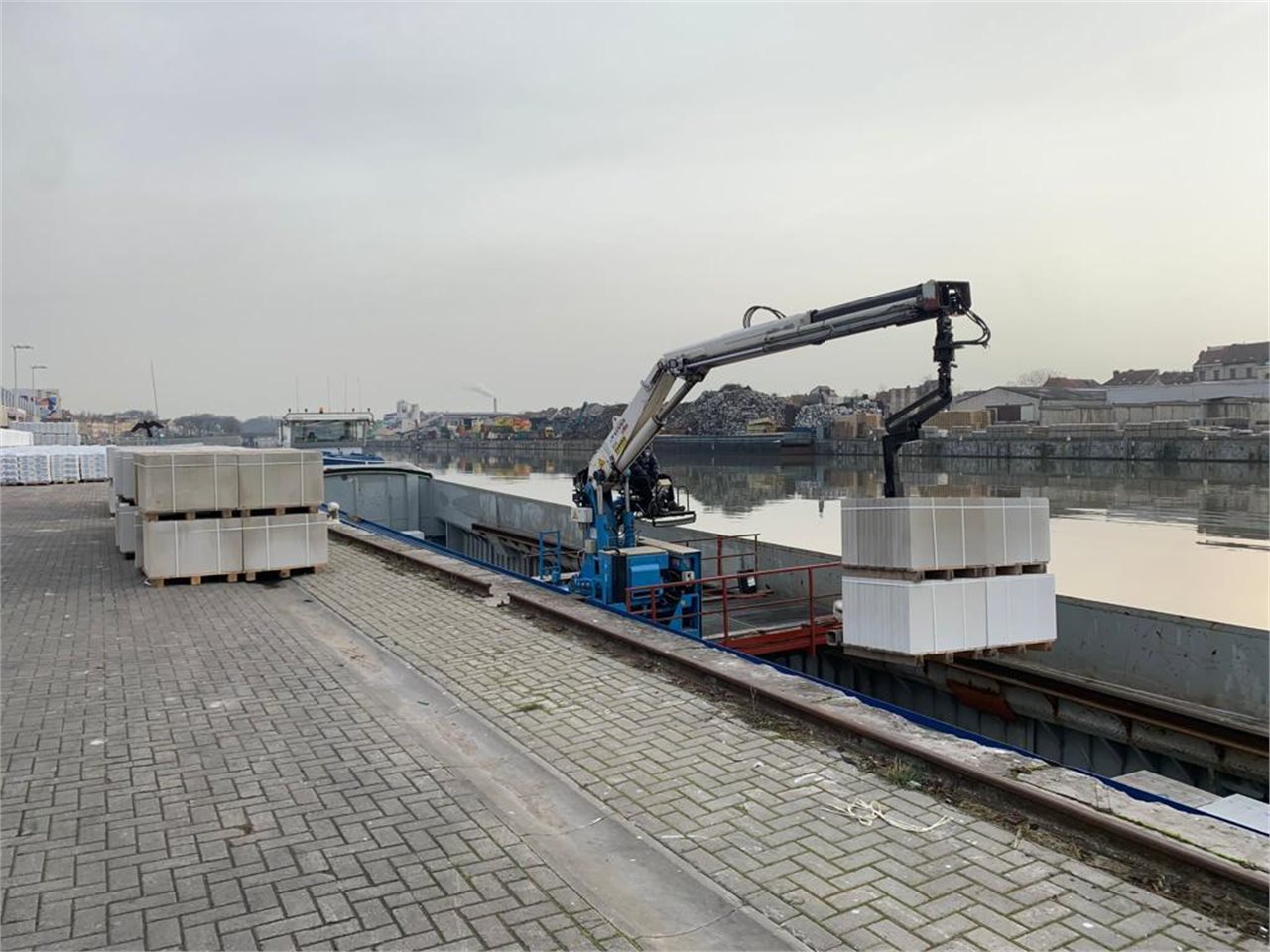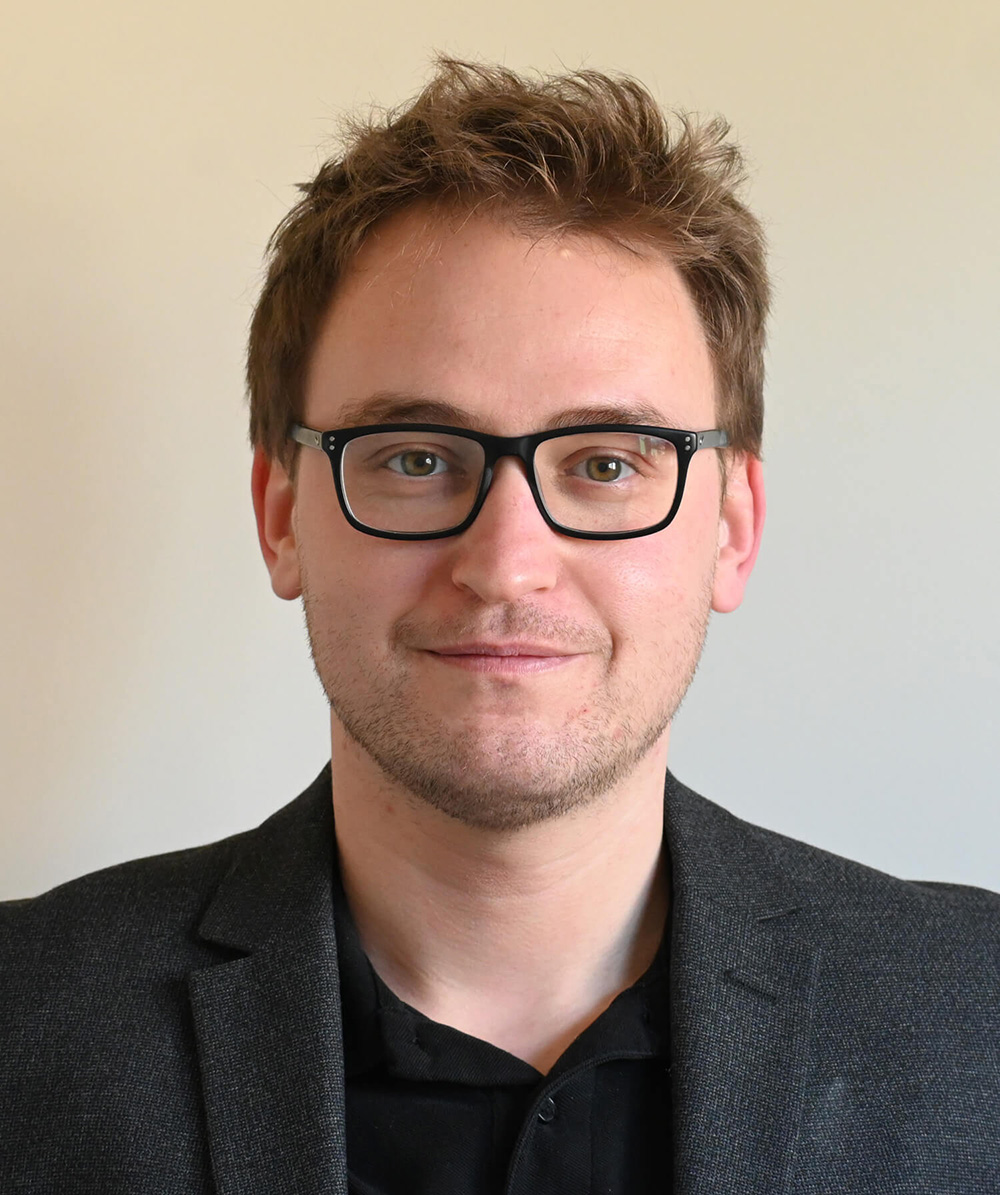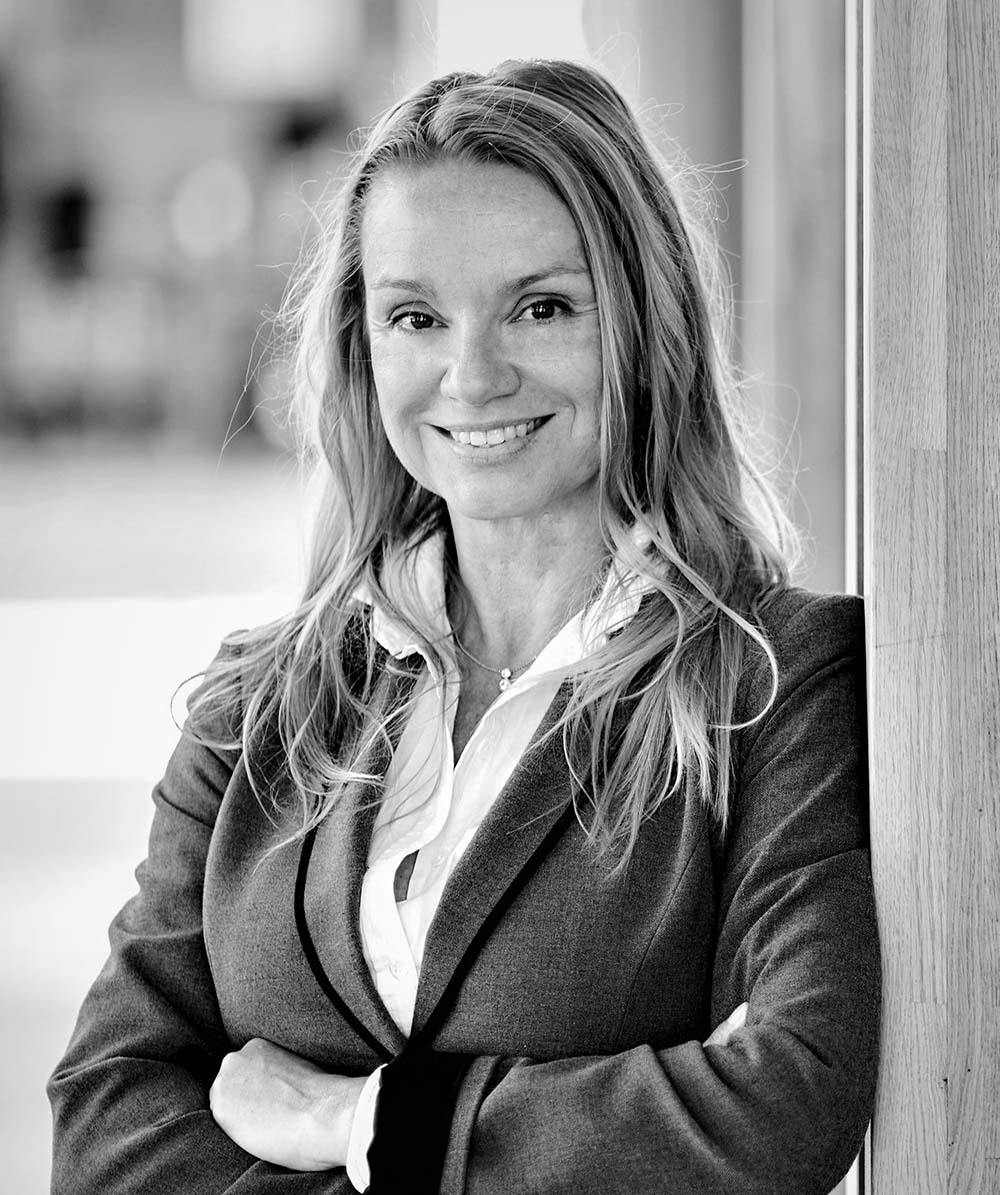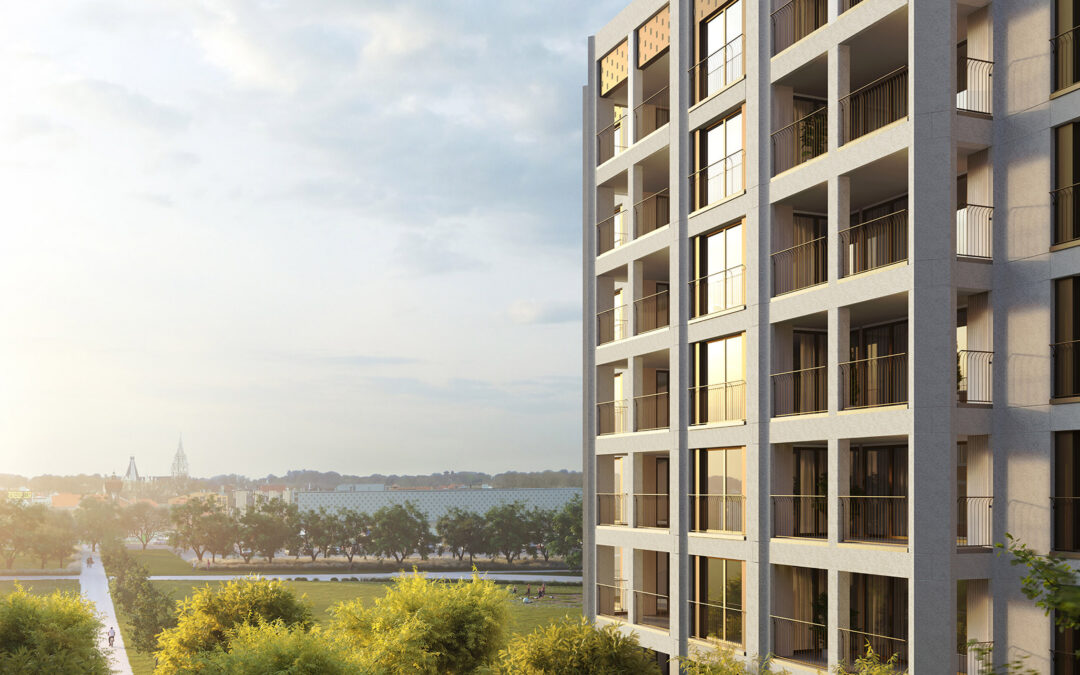Park Lane at Tour & Taxis: a brand new residential neighborhood, built with a heart for sustainability.
One of the most inspiring real estate developments in Brussels combines living, working, shopping and entertainment. Designed using three-dimensional BIM methods and supplied with calcium-silicate blocks by waterway, it is a showcase for sustainability.
The residential Park Lane neighborhood at Tour & Taxis in Brussels, developed by investor Nextensa, demonstrates the many facets of sustainability and how it can result in one of the most inspiring urban districts in Brussels – from design to material selection to delivery and after care.
Three-dimensional design with BIM saves time, materials and costs
The use of BIM methods played an important role in the planning phase. BIM stands for Building Information Modelling, a new-tech data-driven design method in which all parties work together on a single 3D building model. Accurate and fully networked planning in advance can save materials and avoid unnecessary costs.
Nelis Van Loock, responsible for BIM at contractor MBG, explains: “The advantage is mainly in design, engineering, prefabrication and complex issues. The return on investment from working with BIM is between five and ten percent”. The collaboration was carried out using state-of-the-art tools and cloud-based via the BIM 360 platform.
Sustainable material selection falls to Silka
Another important factor in the project’s outstanding sustainability is the choice of materials: in addition to about 200 m³ of Ytong autoclaved aerated concrete panels, a total of 7,000 tons of Silka calcium-silicate blocks were used, whose production process is less energy-intensive than that of traditional bricks or concrete. Silka’s main advantages are its load-bearing capacity, thermal inertia, and acoustic insulation. As a mineral and fully recyclable building material, it is particularly suitable for sustainable ecological projects.
Avoiding more than one trip around the world
Compared to the congested road network, water transport is much more reliable, cost-effective and achieves a reduction of CO2. Because large cities like Brussels suffer from traffic congestion, the many tons of materials for this project were transported to the site via the sea canal that connects Brussels to the Scheldt. Xella works with Shipit, a leader in multimodal transport in Belgium. Delivering 7000 tons of calcium silicate blocks by water saves 75 tons of CO2 emissions and avoids 45,000 km of truck traffic on Belgian roads, more than one trip around the world.

More shipping; only a matter of time
This method is not only more efficient, but it also results in lower CO2 emissions and reduces traffic congestion, noise pollution and the risk of accidents. This approach also has benefits for site facilities, as less space is needed to store materials. For the Park Lane project, approximately 7,000 tons of blocks will be delivered in 12 shipments. Deliveries will continue until April 2024.

Water transport goes hand in hand with precise advance planning using BIM methods, explains BIM manager Stefaan Du-Tré: “It was crucial to have all the geometric data at an early stage in order to plan and control production in advance. By using the client’s BIM models in combination with extrapolation of the Xella model, we were able to determine the number and size of the blocks well in advance and start production before formal approvals. The use of boats in general requires us to better calculate in advance what we need to deliver by those ships “.

Koen Onsia, Xella’s project manager for Tour & Taxis, is also satisfied: “This project should be a model of how a building can be sustainable from the initial planning phase to completion, without losing any of its modernity. We’re proud and pleased with the progress of the project and look forward to bringing our experience to other locations.”
Sensitive to sustainability

“Investors and buyers consider the factor sustainability important when purchasing a home”, says Sonja De Greef, Head of sales & marketing at Nextensa: “Nextensa has a sophisticated ESG policy in which we consciously enter into collaborations with contractors such as MBG (CFE Group) and subcontractors who have an eye for environment, social impact and good governance.”
Following the completion of Park Lane in 2025, the focus will shift to the new “Lake Side” development, for which the permit is expected around the same time. For more information on Park Lane , please visit www.parklane.brussels.
Phase II of Park Lane at Tour & Taxis in numbers:
- 3.875 m3 of Silka Calcium Silicate
- 346 apartments
- 11 buildings with 4 to 6 floors
- 252 parking spaces
- 626 spaces for bicycles
Nextensa has a sophisticated ESG policy in which we consciously enter into collaborations with contractors and subcontractors who have an eye for environment, social impact and good governance. – Sonja De Greef, Head of Sales & Marketing at Nextensa
Explore our stunning apartments now and discover the result of these sustainable efforts.


